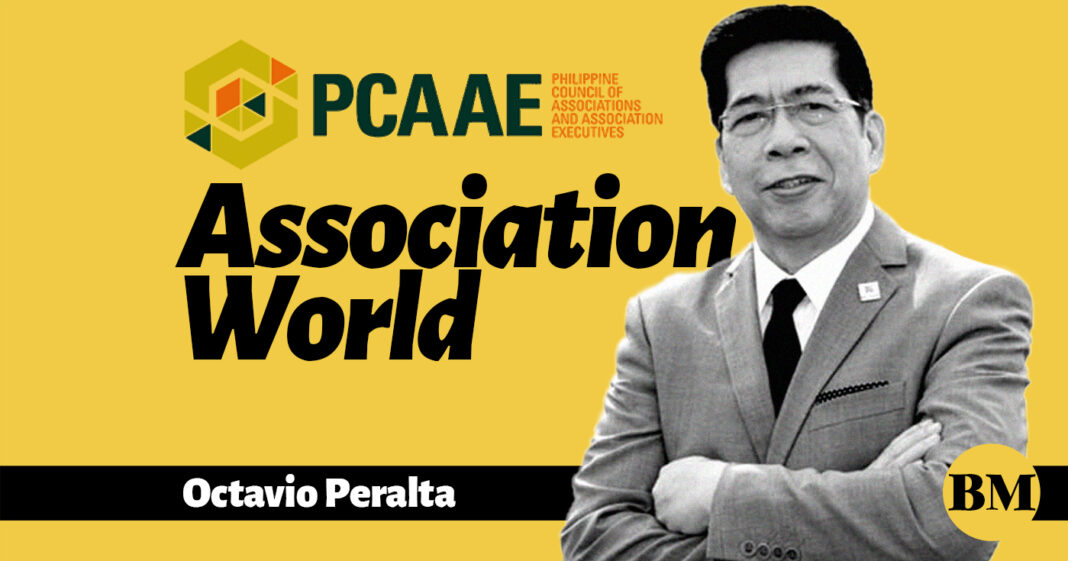
CAN an international tennis umpire transition to become an adept association CEO? What umpiring skills can be effective assets in managing an association and in relating with the association’s staff and governing board?
Mike Morrissey, CEO of the European Cancer Organization and president of the European Society of Association Executives, addressed this in our recent webinar, “Re-energizing Associations: Governance and People.”
Mike’s early career puts him as one of the leading tennis officials in the world working for the International Tennis Federation (ITF) who umpired many finals in Grand Slam and Davis Cup events. Over the last 20 years after his umpiring days, he had leadership roles in associations relating to engineering and technology, airline, retail, and medical sectors. He also set up his own management company, Morrissey Global Management, based in Cannes, to advise and support international organizations.
Using all these experiences working with various associations in different industries, Mike came up with the following insights (with my own short annotations) on adopting the skills of an umpire in building leadership skills to re-energize associations in terms of governance and people:
1. Facilitating big occasions. An umpire of a tennis championship game is in the midst of an auspicious moment for the players, officials, and the spectators. Similarly, the association CEO is in the middle of an annual general meeting of members, invitees, and guests. Both circumstances require planning, execution, and facilitation skills.
2. Dealing with unforeseen situations. A parachuting or a streaking person in the center of the tennis court and a heckler or an obstructionist in an association’s general assembly meeting call for the umpire and the association CEO, respectively, to act immediately and decisively.
3. Managing pressure and tension. A perceived umpire miscall of a play by a tennis player in a tense part of the game can cause frayed nerves and angry outbursts. An unintentional error in delisting an association conference attendee can cause the same tension. Good judgment and a somber demeanor can calm down the situation.
4. Creating an atmosphere of trust. Be it in the tennis court or in the boardroom, building mutual respect among the participants and personalities involved will pave the way in making sure that there is trust and confidence in working together for the common good.
5. Never stop learning. Whether an umpire or an association CEO, one thing constant is to use every opportunity, situation or event to learn from the experience.
The key role of an umpire is to maintain standards of play in sporting events. Jobhero.com cites essential umpire job duties as observing game rules, awarding points, imposing penalties, determining results, identifying infractions, examining participants to make sure they follow safety regulations, verifying scoring regulations, and announcing the winners.
While not having entirely the same job description of an umpire, an association CEO’s prime role is similarly about maintaining the standards and culture of the organization. Associations and games are about people. To create harmony in working relationships, both the association CEO and the umpire, as Mike puts it, should have people skills.
Octavio Peralta is founder and CEO of the Philippine Council of Associations and Association Executives (PCAAE) and concurrently, President of the Asia-Pacific Federation of Association Organizations. The views Peralta expressed in his column do not necessarily reflect those of the BusinessMirror. E-mail: obp@adfiap.org

